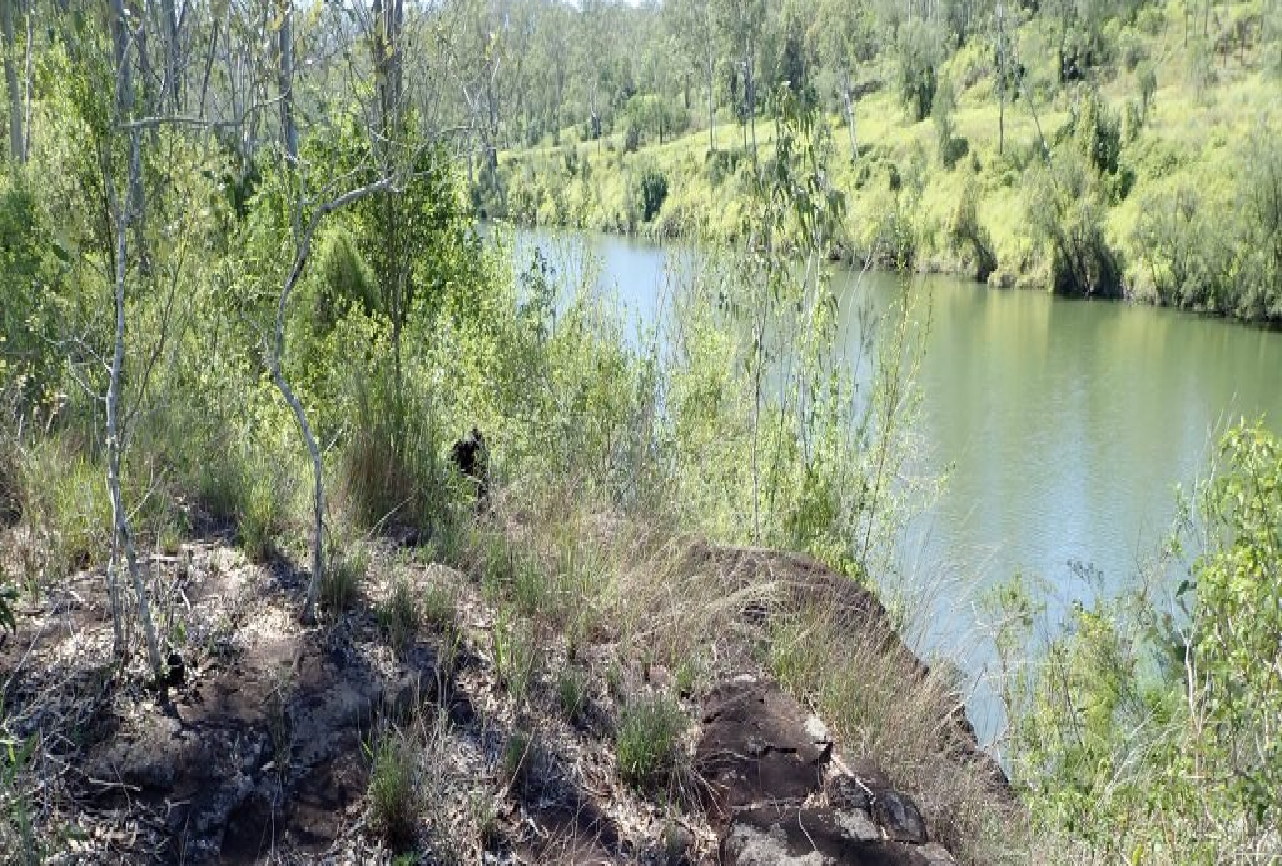Regional Riparian Weed Control,
Mid-Brisbane River.
Client: Healthy Land and Water
Industry sector: Land care
Services: Cultural heritage constraints analysis and due diligence assessments
Location: Mid-Brisbane River at Kholo and Mount Crosby, QLD
About this Project
The project
Healthy Land and Water (HLW) is an independent organisation dedicated to improving and protecting South East Queensland’s environment. In partnership with Seqwater, HLW is undertaking a riparian weed control program to reduce and control the impact of invasive weeds on native vegetation. The program includes the targeting and removal of the invasive pest tree species Celtis sinensis (Chinese Celtis) along the mid-Brisbane River at Kholo and Mount Crosby.
Our role in the project
HLW engaged Niche for advice on how best to protect Aboriginal and/or historical cultural heritage values within the project area and avoid harm through project design.

Challenges
Owing to the size of the project area (3 x 6 km) and the duration of the HLW project works (five years) Niche proposed an approach that provided HLW with certainty for the life of the project.
To start, Niche undertook a cultural heritage constraints analysis to define the high-risk areas and known cultural heritage values for the project area. This high-level constraints analysis and associated data sets (generated by the Niche GIS team) provided HLW with an overview of cultural heritage constraints for the project area. The high-level analysis was followed up with targeted cultural heritage due diligence assessments for each zone within the project area as the work came online.
The two-stage approach followed in this project – initially a constraints analysis and then a refined due diligence assessment – has great benefits for a long term work program. The initial constraints analysis allows for risk to be defined early in project planning which provides time for project redesign and to avoid impacts to cultural heritage and/or delays to work schedules. This is followed by targeted due diligence assessments that allow for ground-truthing of desktop results, discussion of proposed project activities, and location-specific recommendations which aid in ensuring compliance throughout the life of the project.
“The two-stage approach employed in this project defined cultural heritage risk for HLW early in the planning process, allowing them to design a project approach which avoided harm to cultural heritage.”
Dr Xavier Carah, Senior Heritage Consultant, Brisbane

The advantages we delivered to this project
- We defined risks early so cultural heritage could be protected without disruption to the overall project schedule or budget
- We generated GIS datasets which integrated with our client’s mapping
- Our highly experienced and locally based team provided our client with clarity throughout the project.
Excellence in your environment
- Contact us to discuss how we can support your project.
- Read more about our heritage management services.
